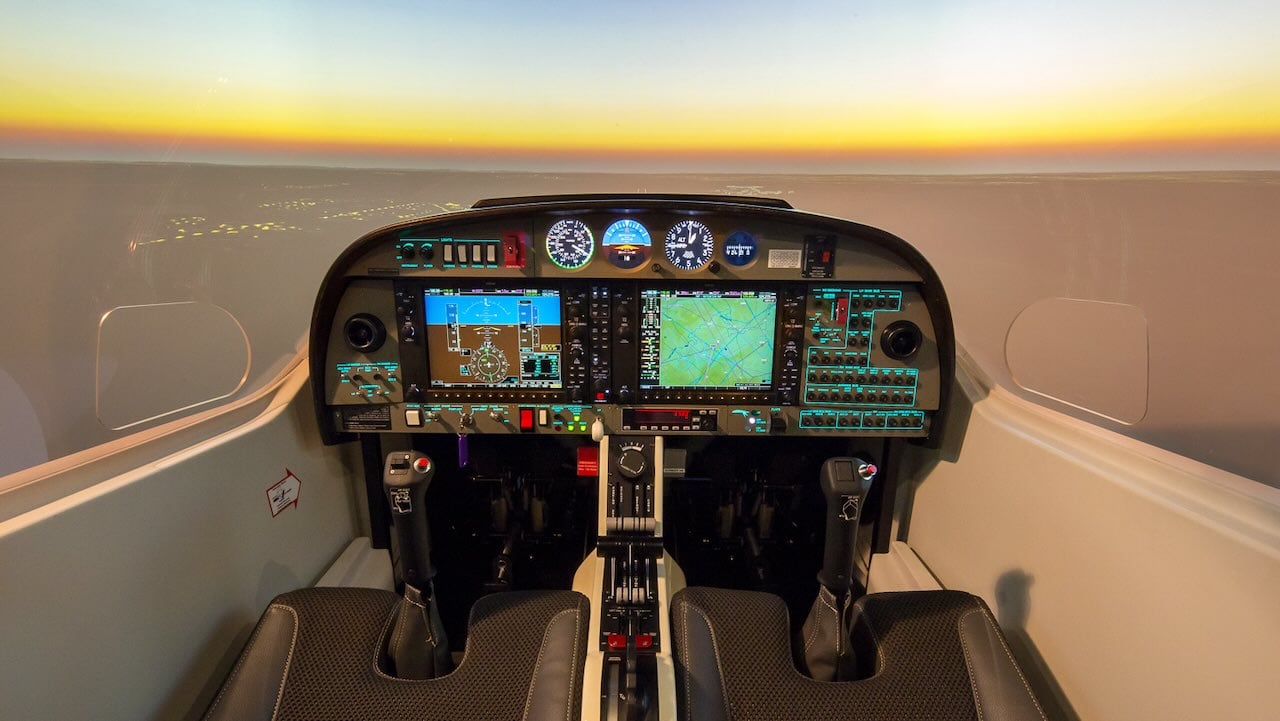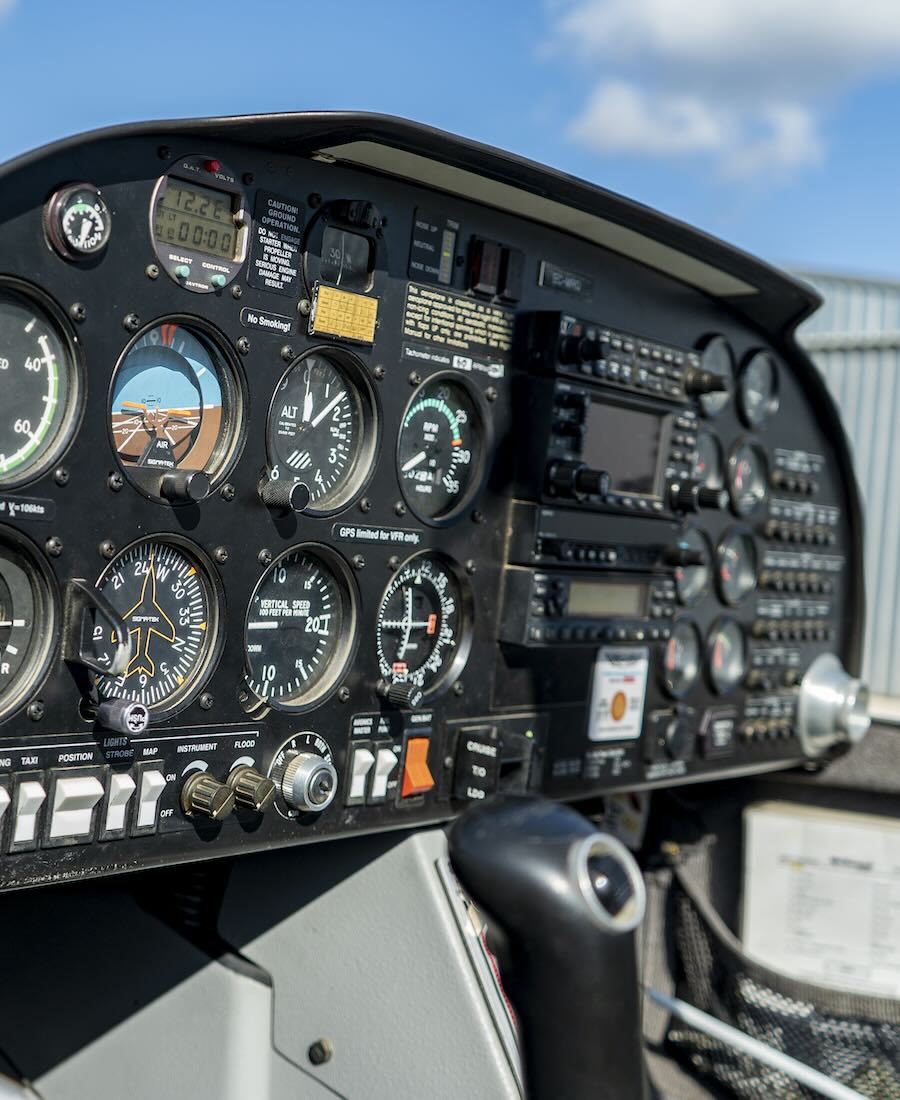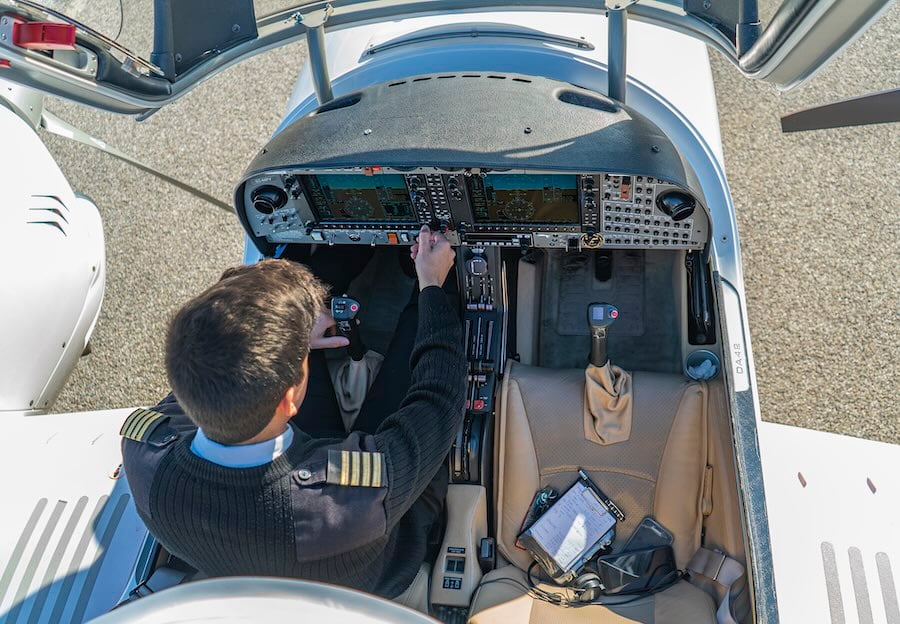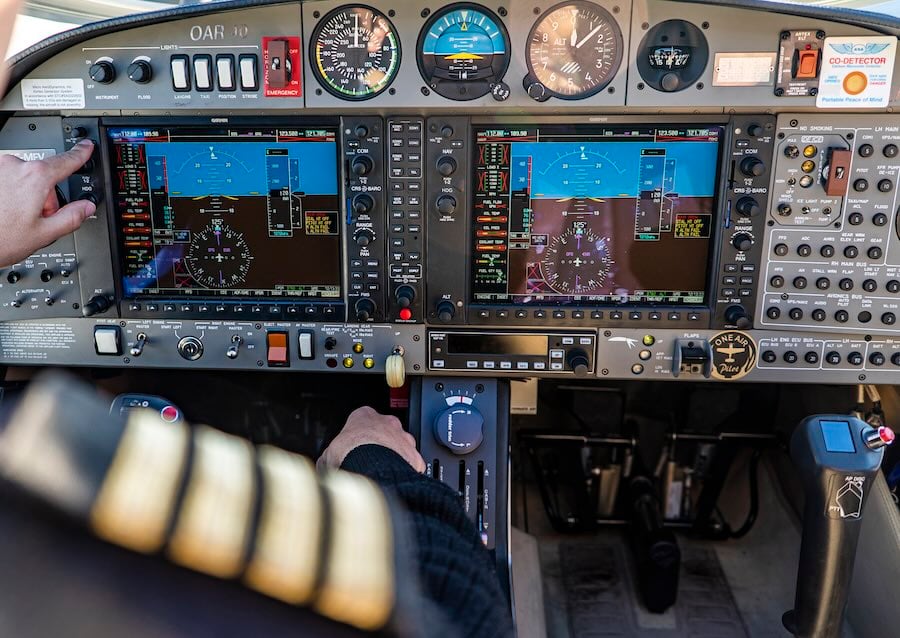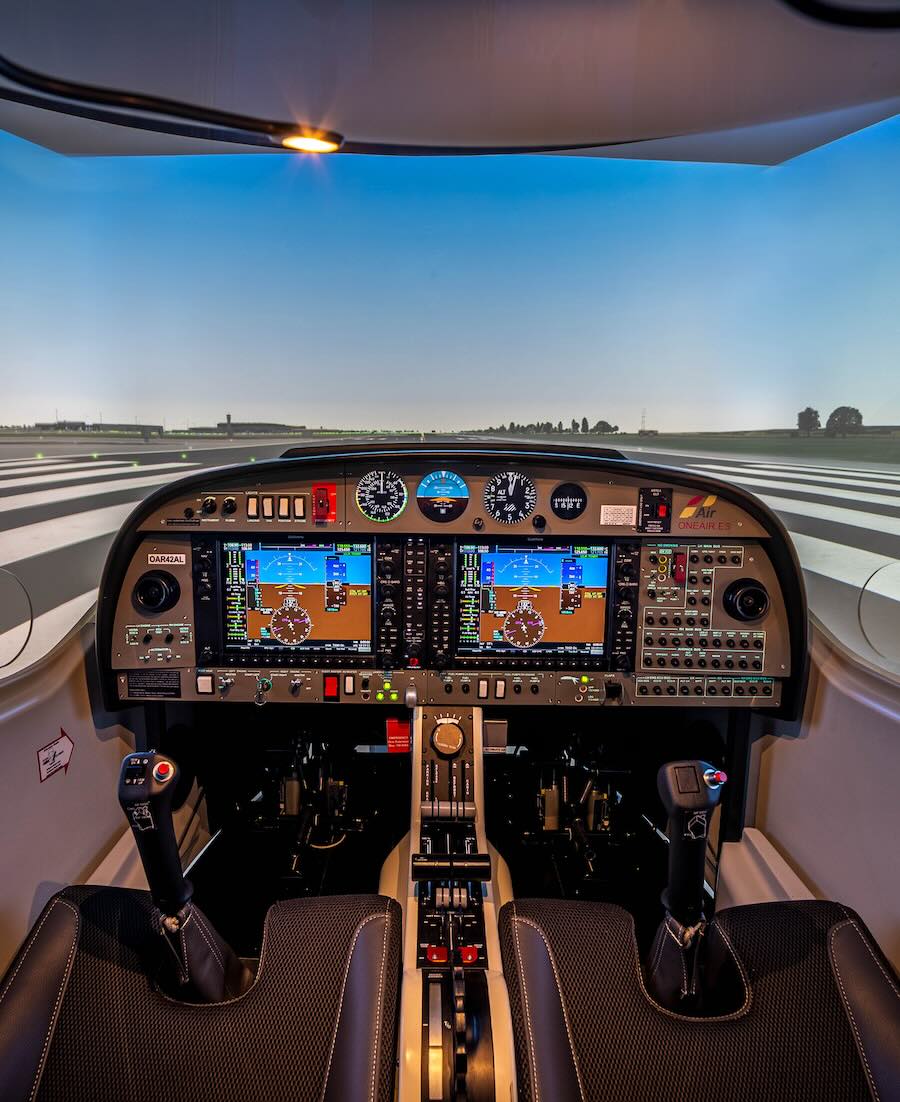Undoubtedly, the glass cockpit has revolutionized the way aircraft cockpits are designed. Have you ever wondered about the technological advancements in aviation? We’ve all seen the old photos of cluttered cockpits brimming with dials and gauges that seem overwhelmingly complex. Those days, however, are long gone.
Today, we delve into the realm of the Glass Cockpit. What exactly is it? Where did it originate? How has it enhanced flight safety? How have cockpits transformed over the years?
Join us as we explore the sophistication and innovation in aeronautical design that has reshaped pilot interactions with aircraft controls. You’re in for a treat!

